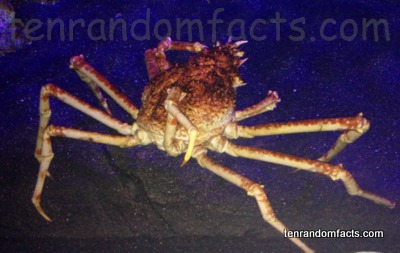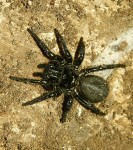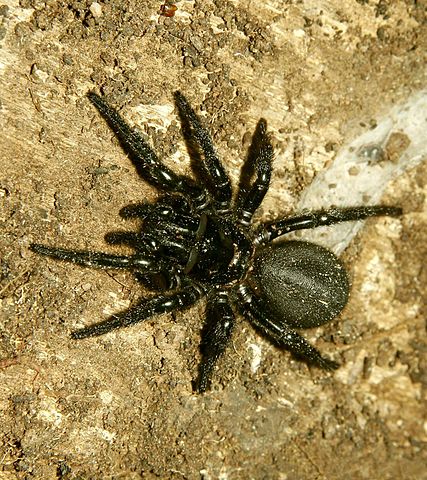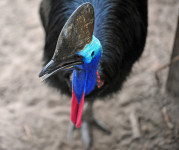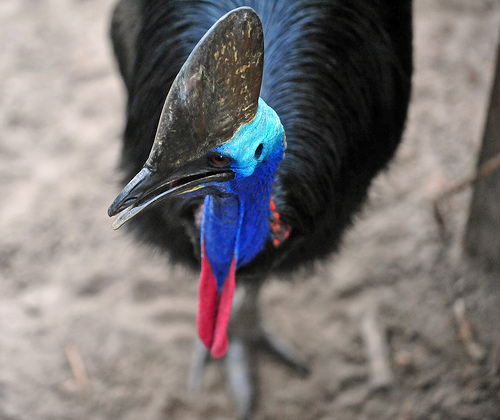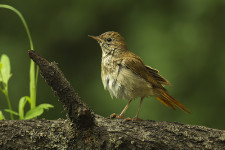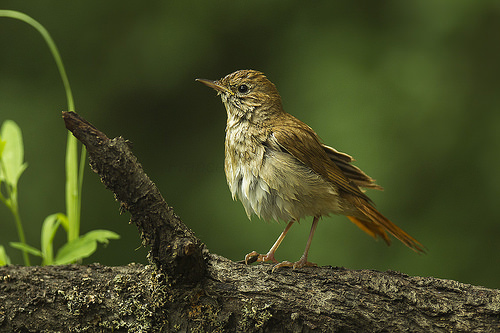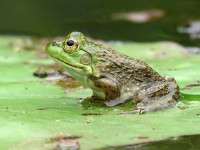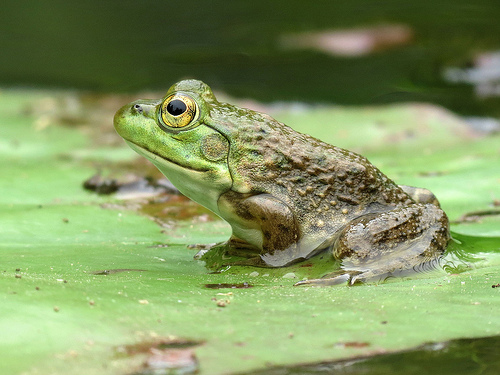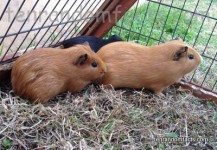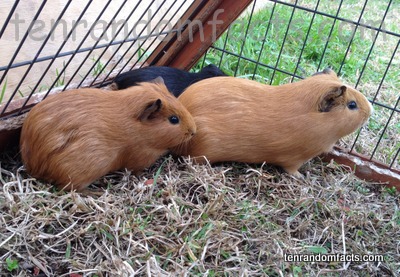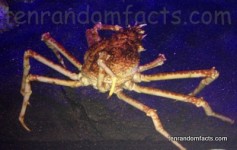
You may only spot a Japanese spider crab if you look up!
- Japanese spider crabs are large crabs native to Japan’s coastal ocean habitats.
- The scientific name of a Japanese spider crab is Macrocheira kaempferi and it is from the family Inachidae, a family of crabs.
- The leg span of Japanese spider crabs can reach up to 3.8 metres (12.5 feet) – a length greater than any extant anthropod, and the older crabs generally have longer legs than the younger ones.
- Japanese spider crabs are the second heaviest extant anthropod, at 19 kilograms (42 pounds) in weight, and it is believed that they can live up to 100 years.
- Japanese spider crabs live in the caverns and rock hollows of the ocean, between 50 metres (164 feet) and up to a maximum of 600 metres (1969 feet) deep.
- The diet of Japanese spider crabs consists primarily of aquatic flora and small marine animals, including molluscs and other invertebrates, but they also consume deceased matter.
- Japanese folk catch and eat Japanese spider crab, however this is rare in spring months, as the catching of the crabs during breeding season is illegal, which enables the crabs to successfully reproduce.
- Information of the Japanese spider crab was first collected by German botanist Phillip von Siebold, which was then provided to Dutch Coenradd Temminck, a zoologist, who gave a descriptive analysis in 1836.
- Japanese spider crabs are coloured a combination of white and orange – white being its base colour, which is splattered with a pattern of orange to red.
- A female Japanese spider crab can release eggs numbering up to 1.5 million in one breeding season, and they hatch into minuscule larvae, floating helplessly like plankton and growing over a period of 7.5 to 10.5 weeks, however most eggs or larvae will not survive.



